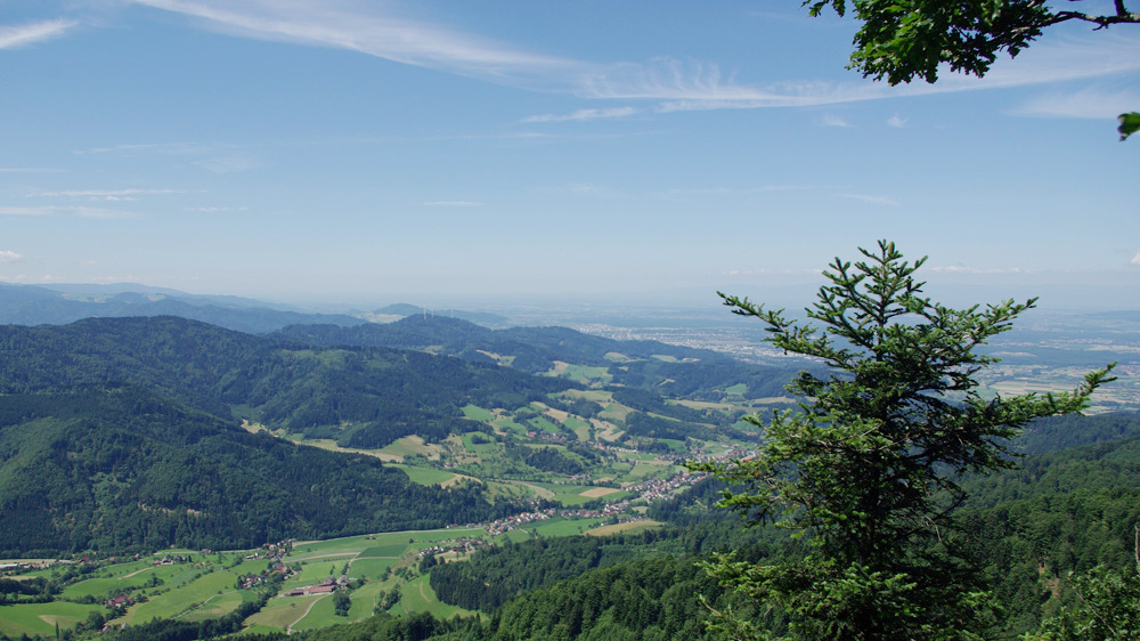Gas bubbles trigger tree drought mortality
A global study by 62 scientists found that drought-induced tree death is based on their mechanistic inability to suck in water with their roots.

Trees are extremely important for a healthy ecosystem and a stable climate. Plants take up about half of the CO2 emissions that humans put in the atmosphere, and a huge part of that is accomplished by trees. CO2 emissions are one of the major driving forces behind global warming. Thus, it is paramount that as many trees as possible stay healthy and alive in order to function as CO2 emission sponges and slow down further climate changes. However, the occurrence of droughts increases globally, which directly endangers the survival of trees. Therefore, scientists aim to identify the physiological mechanisms that lead to drought-induced tree die-offs. An international consortium including scientists at the Max Planck Institute for Biogeochemistry in Jena published their findings in the journal "Nature Ecology & Evolution", where they conclude that hydraulic failure is a universal factor when water deficiency kills trees.
Carbon starvation vs. hydraulic failure
“Droughts are simultaneously happening over large regions of the globe, affecting forests with very different trees,” says Liz Blood, director of the US-based National Science Foundation’s Macrosystems Biology programme. “The discovery of how droughts cause mortality in trees, regardless of the type of tree, allows us to make better regional-scale predictions of droughts’ effects on forests.” One idea for improving these models is to base forest responses on how trees die in response to heat, drought, and other climate stresses. But progress on this has been limited by disagreement over whether carbon starvation or hydraulic failure, the inability of a plant to move water from roots to leaves, is the true cause of death in trees.
Plants transpire large amounts of water in order to transport nutrients and to be able to carry out photosynthesis. Transpiration is facilitated by stomata, small pores in the leaves that also let in CO2. Trees respond to the stress of drought by closing those pores, which reduces both water loss and photosynthesis activity. Once closed, the trees need to rely on their stored sugars and starches to stay alive, and could die from carbon starvation if they run out before the drought is over.
Additionally, as the soil dries out, trees have to suck harder to get water out of the soil, thereby increasing the risk of gas bubbles forming in their vessels. The bubbles, or embolisms, interrupt the transport of water from the roots upwards to the leaves, a process called hydraulic failure that may become lethal as the whole tree dries out.
A link between both theories
A consortium of 62 scientists from across the globe found that hydraulic failure was universal when trees died, whereas carbon starvation was a contributing factor roughly half of the time. "This makes sense, because stored sugars and starches are also important for preventing hydraulic failure by acting as “osmoprotectants,” increasing the tree’s ability to hold on to its water", says Henrik Hartmann, scientist at the Max Planck Institute in Jena. The study’s results help link together the theories of carbon starvation and hydraulic failure, and provide a strong suggestion for how to go about improving vegetation models and overall predictions of climate change.
jmr


